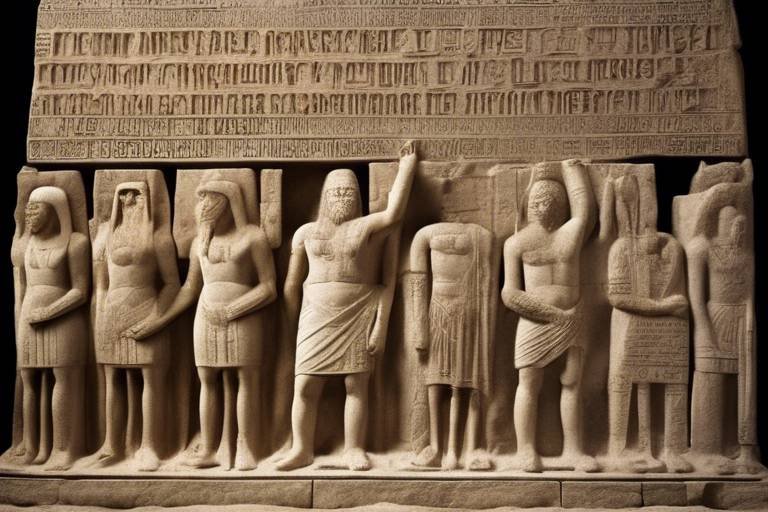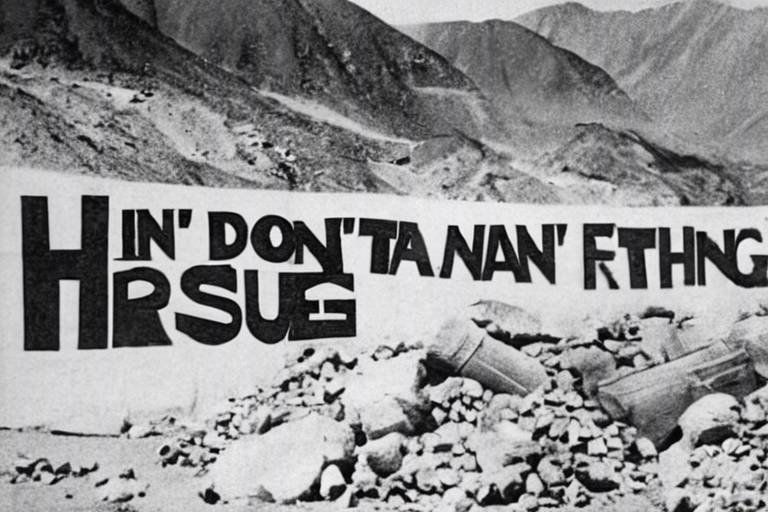The Preservation of Intangible Cultural Heritage
Intangible cultural heritage holds the essence of our shared human experience, encompassing traditions, customs, rituals, music, dance, and oral histories that define our cultural identities. It is the intangible thread that connects us to our past, shaping our present and guiding our future. Safeguarding intangible cultural heritage is paramount to preserving the richness and diversity of our global heritage tapestry.
As societies evolve and modernize, the risk of losing invaluable intangible cultural practices looms large. The dynamic nature of intangible heritage requires active participation from communities, ensuring its continuity and relevance in a rapidly changing world. Communities play a pivotal role in safeguarding and promoting intangible cultural heritage, acting as custodians of traditions passed down through generations.
Despite the intrinsic value of intangible cultural heritage, numerous challenges threaten its preservation. Globalization, urbanization, environmental changes, and social transformations pose significant obstacles to the sustainability of traditional practices. The need for concerted efforts to address these challenges and protect our intangible heritage has never been more pressing.
Recognizing the importance of safeguarding intangible cultural heritage, UNESCO has established a list that celebrates and protects diverse cultural expressions worldwide. Inclusion in the UNESCO Intangible Cultural Heritage List signifies the cultural significance and value of practices ranging from craftsmanship and performing arts to social rituals and culinary traditions.
Technology has emerged as a powerful tool in documenting, preserving, and transmitting intangible cultural heritage. Digital platforms, virtual reality, and multimedia resources enable the global dissemination of traditional knowledge, ensuring its accessibility to future generations. Technological innovations offer new avenues for heritage conservation in the digital age.
Education plays a crucial role in raising awareness and fostering appreciation for intangible cultural heritage. Educational programs and awareness campaigns serve as catalysts for promoting intercultural dialogue, respect for diversity, and the transmission of traditional knowledge. By engaging youth and communities, these initiatives contribute to the sustainable conservation of our shared heritage.
Collaborative efforts on a global scale are essential for the effective conservation of intangible cultural heritage. International partnerships facilitate the exchange of best practices, capacity building, and mutual support in safeguarding diverse cultural expressions. By uniting efforts across borders, we can ensure the protection and promotion of intangible heritage for future generations.
The future of intangible cultural heritage conservation lies in adopting innovative strategies and sustainable practices. Embracing dynamic approaches that balance tradition with modernity, we can safeguard our cultural legacy while adapting to evolving societal needs. By prioritizing the preservation and transmission of intangible heritage, we pave the way for a more inclusive and culturally vibrant world.

Understanding Intangible Cultural Heritage
Exploring the importance of safeguarding intangible cultural heritage to maintain cultural diversity, traditions, and knowledge passed down through generations.
Defining intangible cultural heritage and its significance in preserving living expressions inherited from our ancestors.
Intangible cultural heritage encompasses the practices, representations, expressions, knowledge, skills, and rituals that communities, groups, and individuals recognize as part of their cultural heritage. Unlike tangible heritage such as monuments or artifacts, intangible heritage is alive and constantly evolving, reflecting the shared values and beliefs of a community. It includes oral traditions, performing arts, social practices, rituals, festive events, knowledge about nature and the universe, and traditional craftsmanship.
Imagine intangible cultural heritage as a vibrant tapestry woven by generations past and present, each thread representing a unique aspect of a community's identity and history. These intangible expressions are like whispers from the past, carrying with them the essence of a culture's soul and the wisdom of its people.
By safeguarding intangible cultural heritage, we not only preserve the richness of diverse cultural traditions but also foster a sense of belonging and continuity for future generations. It allows us to connect with our roots, understand the values that shape our societies, and appreciate the beauty of human creativity in all its forms.
Through understanding and valuing intangible cultural heritage, we acknowledge the intrinsic worth of these intangible treasures and commit to ensuring their survival for the benefit of humanity as a whole.

The Role of Communities in Safeguarding Heritage
Exploring the importance of safeguarding intangible cultural heritage to maintain cultural diversity, traditions, and knowledge passed down through generations.
Defining intangible cultural heritage and its significance in preserving living expressions inherited from our ancestors.
Communities play a vital role in safeguarding heritage by actively engaging in the identification, protection, and promotion of intangible cultural practices. It is within these communities that traditions are upheld, stories are shared, and rituals are preserved. Through their collective efforts, communities become the custodians of their heritage, ensuring that it continues to thrive and evolve.
Discussing the threats and obstacles faced in safeguarding intangible cultural heritage in the modern world.
Exploring the UNESCO list and the recognition of diverse cultural practices worldwide for their significance and value.
Examining how technology is utilized to document, preserve, and transmit intangible cultural heritage for future generations.
Discussing the importance of educational initiatives and awareness campaigns in fostering appreciation and understanding of intangible cultural heritage.
Showcasing international collaborations and partnerships aimed at safeguarding and promoting intangible cultural heritage on a global scale.
Looking into the strategies and approaches for ensuring the sustainable preservation and transmission of intangible cultural heritage for the future.

Challenges in Preserving Intangible Cultural Heritage
Preserving intangible cultural heritage poses significant challenges in the modern era, where rapid globalization and technological advancements often overshadow traditional practices. One of the primary obstacles faced is the risk of **cultural erosion** due to changing societal norms and values. As younger generations shift towards modern lifestyles, there is a danger of ancient traditions and knowledge fading into obscurity.
Additionally, **economic pressures** and urbanization can threaten the sustainability of intangible cultural heritage. Communities that have upheld these practices for centuries may struggle to maintain them in the face of economic hardships or the allure of urban living. The need to balance tradition with economic viability presents a delicate challenge for heritage preservation efforts.
**Lack of awareness** and appreciation for intangible cultural heritage also contribute to its vulnerability. In a fast-paced world focused on tangible outcomes, the value of intangible heritage practices may be overlooked or undervalued. Educating the public about the significance of these traditions is crucial in garnering support for their preservation.
**Globalization** and cultural homogenization further threaten the diversity of intangible cultural heritage. As the world becomes more interconnected, there is a risk of unique cultural practices being diluted or lost in the process of cultural assimilation. Efforts to preserve and promote diverse heritage practices face the challenge of maintaining authenticity in a globalized world.
Moreover, **conflicts and natural disasters** can pose immediate threats to intangible cultural heritage. Wars, environmental catastrophes, and other crises can result in the destruction of heritage sites, loss of traditional knowledge holders, and disruption of cultural practices. Safeguarding intangible heritage in volatile environments requires resilience and adaptive strategies.
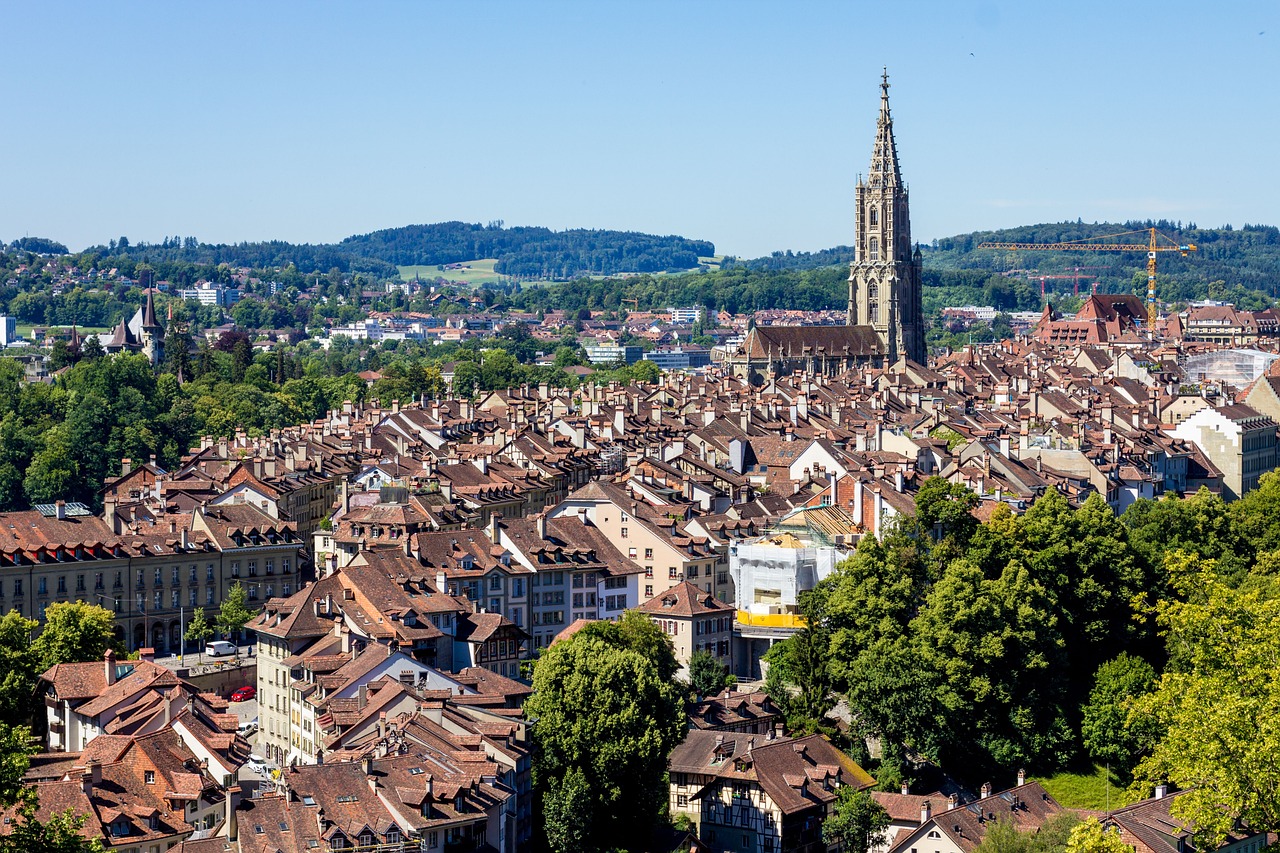
UNESCO's Intangible Cultural Heritage List
UNESCO's Intangible Cultural Heritage List showcases a diverse array of cultural practices recognized for their exceptional value and significance worldwide. This prestigious list, established to safeguard and promote intangible heritage, includes traditions, rituals, music, dance, craftsmanship, and oral expressions that embody the essence of various communities and societies.
One remarkable aspect of UNESCO's Intangible Cultural Heritage List is its role in raising awareness about the importance of preserving and celebrating cultural diversity. By acknowledging and documenting these unique practices, UNESCO not only honors the heritage of different cultures but also encourages mutual respect and understanding among nations.
Each entry on the list represents a rich tapestry of traditions and knowledge that has been passed down through generations, reflecting the creativity, resilience, and identity of communities around the world. From traditional craftsmanship techniques to ancient storytelling traditions, each element contributes to the vibrant mosaic of human cultural heritage.
Moreover, being inscribed on the UNESCO list not only confers international recognition but also helps in safeguarding these endangered practices from the threats of globalization, urbanization, and cultural homogenization. It serves as a powerful tool for communities to protect their heritage and transmit it to future generations.
Through the UNESCO Intangible Cultural Heritage List, the world is reminded of the beauty and diversity of human creativity, fostering a sense of pride and belonging among communities. It serves as a testament to the enduring legacy of our ancestors and the resilience of cultural traditions in the face of modern challenges.
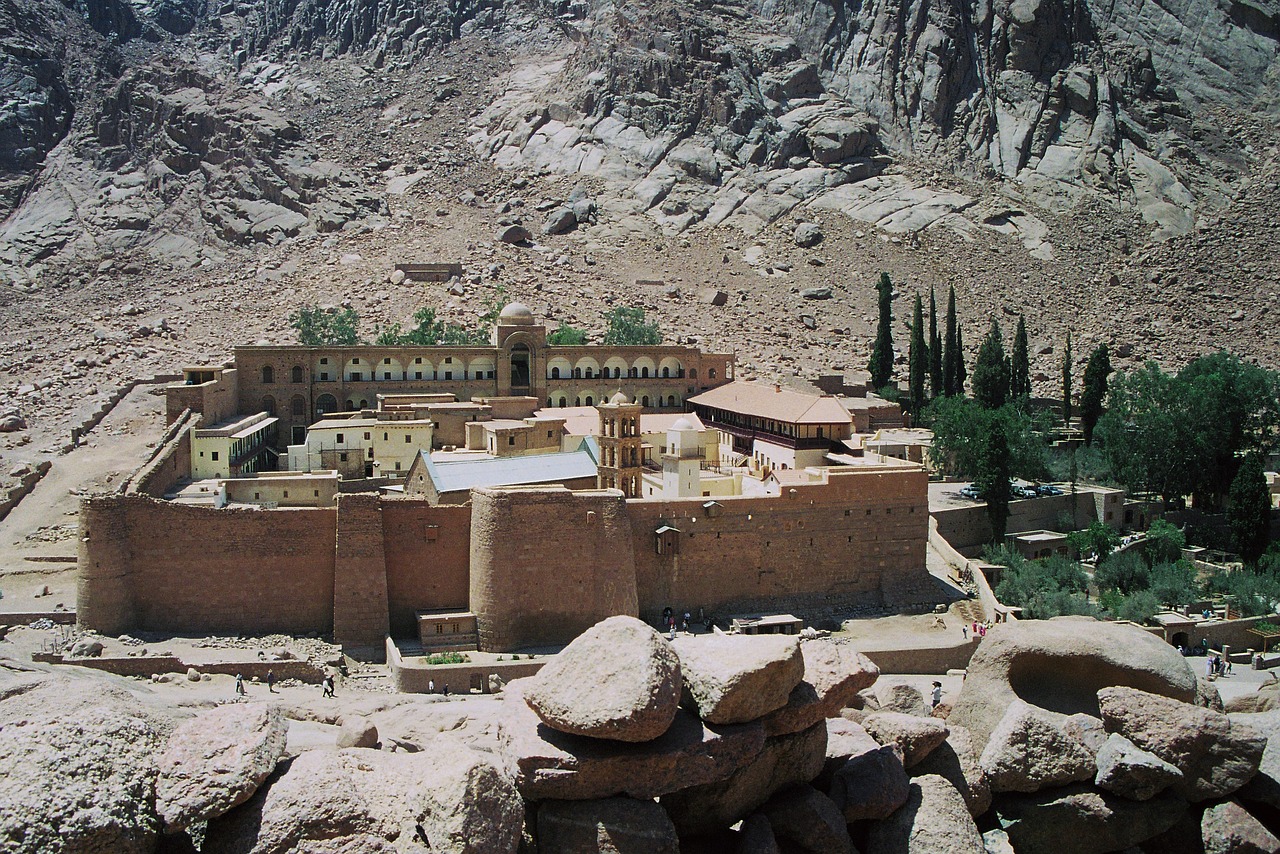
Technological Innovations in Heritage Preservation
Exploring the importance of safeguarding intangible cultural heritage to maintain cultural diversity, traditions, and knowledge passed down through generations.
Technological advancements have revolutionized the way we preserve and protect intangible cultural heritage. With the aid of digital tools and innovative techniques, heritage preservation has reached new heights. One significant development is the use of 3D scanning technology to create detailed digital replicas of cultural artifacts and sites. This not only ensures their conservation but also allows for wider access and study without risking damage to the original pieces.
Moreover, virtual reality (VR) and augmented reality (AR) applications have been instrumental in bringing heritage sites and cultural practices to life for audiences worldwide. Through immersive experiences, individuals can explore ancient rituals, traditional crafts, and historical events in a way that transcends geographical boundaries.
Additionally, digital archives and databases play a crucial role in documenting and safeguarding intangible cultural heritage. By digitizing oral traditions, music, dance forms, and other intangible practices, these repositories ensure that valuable cultural knowledge is preserved for future generations.
Furthermore, social media platforms and online channels have become powerful tools for promoting and raising awareness about intangible cultural heritage. Through engaging content, videos, and interactive features, heritage enthusiasts can connect with diverse cultural practices from around the world, fostering appreciation and understanding.
Incorporating artificial intelligence (AI) and machine learning algorithms has also enhanced the process of heritage preservation by enabling efficient data analysis, pattern recognition, and restoration efforts. These technologies aid in the conservation of delicate artifacts and the reconstruction of ancient structures with precision and accuracy.
Overall, the integration of technological innovations in heritage preservation not only ensures the conservation of intangible cultural heritage but also paves the way for a more immersive, interactive, and inclusive experience for future generations.

Education and Awareness Programs
Education and awareness programs play a pivotal role in fostering appreciation and understanding of intangible cultural heritage. These initiatives aim to engage individuals of all ages in learning about the significance of cultural traditions and practices that have been passed down through generations. By raising awareness about the value of intangible cultural heritage, these programs contribute to the preservation and transmission of diverse cultural expressions.
Through educational initiatives, such as workshops, seminars, and cultural events, communities are able to immerse themselves in the rich tapestry of their heritage. These programs not only educate individuals about the history and meaning behind cultural practices but also instill a sense of pride and belonging in their cultural identity. By actively involving community members in educational activities, a deeper connection to intangible cultural heritage is established, ensuring its continued relevance and vitality.
Furthermore, awareness campaigns serve as a platform to showcase the beauty and uniqueness of various cultural traditions to a wider audience. By leveraging digital platforms and social media, these campaigns can reach a global audience, promoting cross-cultural understanding and appreciation. Through engaging storytelling and multimedia content, awareness programs create a bridge between different communities, fostering a sense of unity amidst cultural diversity.
Collaborations with educational institutions, museums, and cultural organizations are instrumental in expanding the reach of education and awareness programs. By integrating intangible cultural heritage into school curricula and museum exhibitions, future generations are exposed to the richness of cultural diversity from an early age. These partnerships not only ensure the sustainability of heritage conservation efforts but also inspire a new generation of cultural custodians dedicated to preserving our shared heritage.
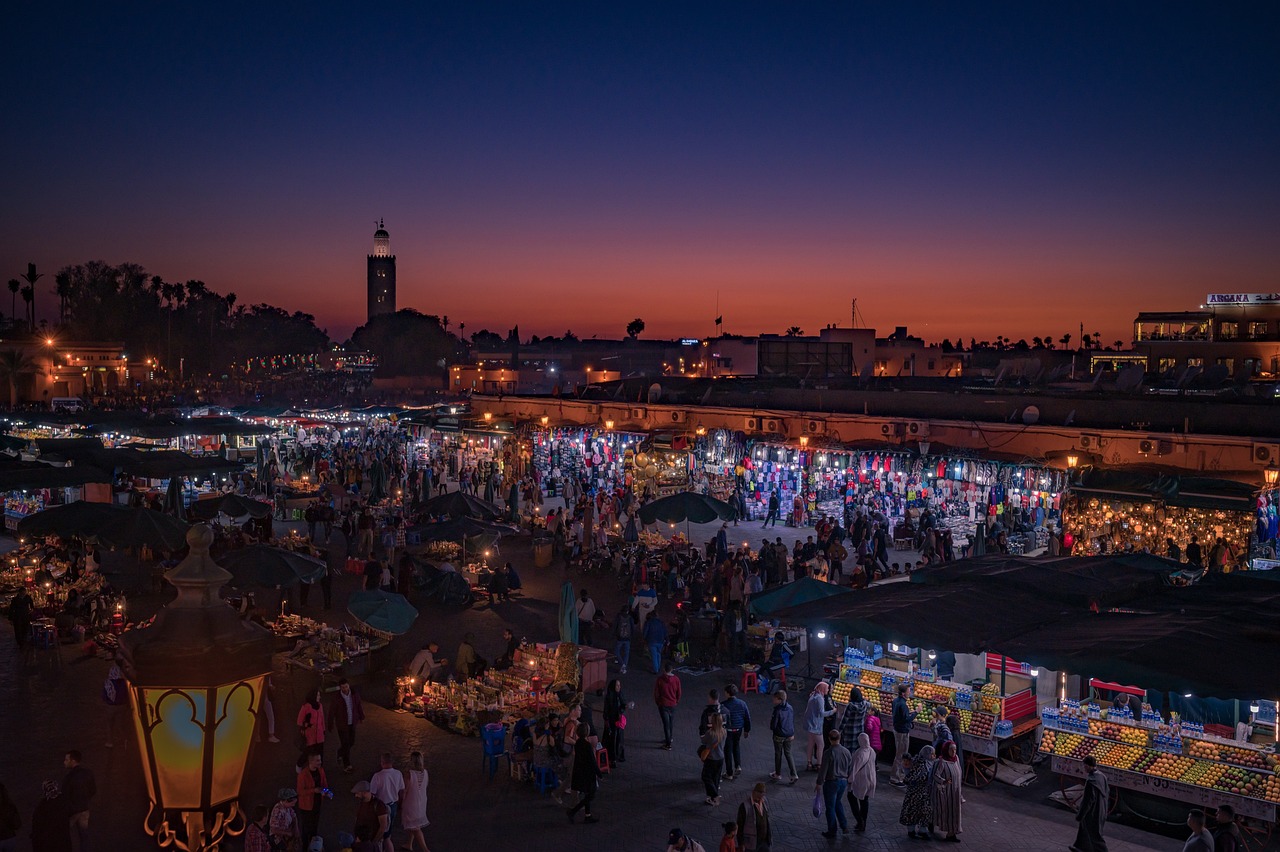
Collaborative Efforts for Global Heritage Conservation
Collaborative efforts for global heritage conservation play a pivotal role in safeguarding and promoting intangible cultural heritage on an international scale. Through partnerships between nations, organizations, and communities, a shared commitment to preserving diverse cultural practices is fostered. These collaborations facilitate the exchange of knowledge, resources, and expertise, enabling a more comprehensive approach to heritage conservation. By pooling together efforts and resources, global initiatives can address challenges that transcend borders and impact multiple communities. Such collective endeavors not only enhance the visibility and recognition of intangible cultural heritage but also contribute to its sustainable conservation for future generations.

Future Prospects and Sustainable Conservation
The future of intangible cultural heritage preservation holds both challenges and opportunities. As we progress into a more interconnected world, the need to protect and promote diverse cultural practices becomes increasingly vital. One promising prospect lies in the integration of digital technologies and virtual platforms to ensure the documentation and dissemination of intangible heritage. By leveraging virtual reality and online repositories, future generations can access and experience these traditions in innovative ways.
Moreover, sustainable conservation efforts are essential to ensure the longevity of intangible cultural heritage. Collaborative projects involving local communities, governmental bodies, and international organizations play a crucial role in sustaining these practices. By fostering partnerships and sharing best practices, we can create a network of support that transcends borders and preserves cultural diversity.
Education remains a cornerstone in securing the future of intangible heritage. Through educational programs in schools, museums, and cultural institutions, individuals can gain a deeper understanding and appreciation for these traditions. By instilling a sense of pride and responsibility in younger generations, we empower them to carry forward the legacy of their ancestors.
Ultimately, the sustainable conservation of intangible cultural heritage requires a multipronged approach that combines technological innovation, community engagement, and global cooperation. By embracing these strategies and committing to the safeguarding of our shared heritage, we can ensure that the rich tapestry of human culture continues to thrive for generations to come.
Frequently Asked Questions
- What is considered as intangible cultural heritage?
Intangible cultural heritage includes traditions, rituals, music, dance, language, and other forms of cultural expression that are passed down from generation to generation.
- Why is it important to safeguard intangible cultural heritage?
Preserving intangible cultural heritage is crucial for maintaining cultural diversity, promoting social cohesion, and ensuring the transmission of valuable knowledge and skills to future generations.
- How can communities contribute to safeguarding intangible cultural heritage?
Communities play a vital role in identifying, protecting, and promoting intangible cultural heritage by actively participating in its preservation, documentation, and transmission within their own cultural contexts.
- What are some challenges faced in preserving intangible cultural heritage?
Challenges include globalization, urbanization, cultural homogenization, lack of awareness, insufficient funding, and the impact of modernization on traditional practices.
- How does UNESCO contribute to the preservation of intangible cultural heritage?
UNESCO maintains a list of intangible cultural heritage elements from around the world, raises awareness about their significance, provides technical assistance, and encourages international cooperation for their safeguarding.
- What role does technology play in the conservation of intangible cultural heritage?
Technology is utilized for digital documentation, virtual exhibitions, online archives, and interactive platforms to preserve and promote intangible cultural heritage in innovative ways.
- Why are education and awareness programs essential for safeguarding intangible cultural heritage?
Education programs help in transmitting knowledge, raising awareness, fostering respect for cultural diversity, and engaging younger generations in the appreciation and continuation of traditional practices.
- How can collaborative efforts contribute to global heritage conservation?
Collaborations between countries, organizations, and communities facilitate the exchange of best practices, resources, and expertise for the effective safeguarding and promotion of intangible cultural heritage on a global scale.
- What are some strategies for ensuring the sustainable conservation of intangible cultural heritage?
Strategies include capacity building, community involvement, intergenerational transmission, policy development, research, and the integration of traditional knowledge into sustainable development practices.














